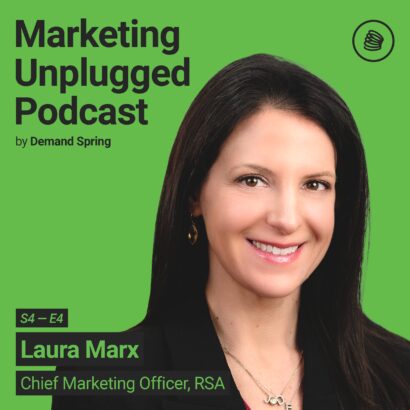So, I have always been conflicted about the kind of car I drive. I like a nice car, but have subscribed to the theory that it’s a really bad investment. Much like my investments, I’m a buy and hold guy when it comes to cars.
That said, a couple of years ago, when it came time to replace the one I had been driving for a decade, I found myself at a German car dealership.

Two years later, I really do love the car. Satellite radio, lightning fast seat warmer, and enough acceleration to temporarily make me forget I am a middle-aged guy living in the suburbs.
The problem is that I don’t drive it very much. When I am not travelling for business, I am usually working from my home office.
So, it’s a REALLY nice car to go to the grocery store, the bank, and to take my daughter to swimming lessons and play dates.
Which brings me to your marketing automation platform.
Your marketing automation platform only sends emails
Much like my car, we see many B2B marketing organizations underutilizing their marketing automation platforms (MAP).
More than just bells and whistles, MAPs have robust capabilities to truly transform how organizations engage with prospects and customers throughout the customer lifecycle.
So why do so many use their MAP primarily to send batch and blast emails? Expertise, capacity, content, and alignment are the gating factors we see most often.
For those making progress, we see some common characteristics:
- Executive commitment to marketing, giving them a key role to play in communicating throughout the customer lifecycle.
- Marketing and Sales alignment around lead taxonomy and lead management processes, governed by a service-level agreement (SLA).
- A content framework enabling targeted, relevant nurturing at all stages of the customer lifecycle.
- An investment in the Marketing Operations and agency resources needed to utilize marketing automation’s full capabilities.
- A technology strategy that includes leveraging critical cloud-based MarTech, AdTech, and SalesTech (CRM) apps in an integrated manner.
Crawl, Walk, Run.
So, if your MAP isn’t fully optimized for items such as lead scoring, lead nurturing, analytics, and multi-channel engagement, how do you start to optimize it?
Pragmatic roadmap recommendations are a great starting point. Agencies like ours (and MAP vendors themselves) provide these types of useful reviews that can help put you on a path to progress.
A good audit should start by uncovering your business requirements, so that the recommendations are tightly tuned to your unique requirements. They should be comprehensive in scope, assessing all aspects of your platform and your MAP processes. And they should identify the business impact of recommended changes.





